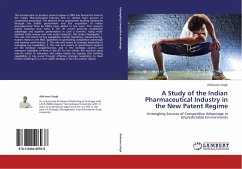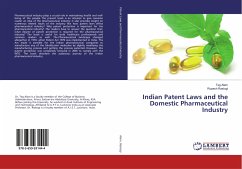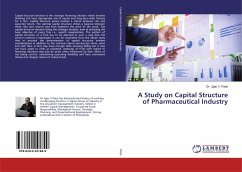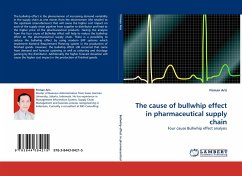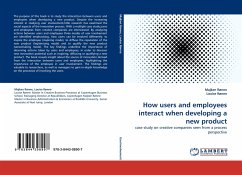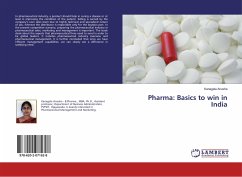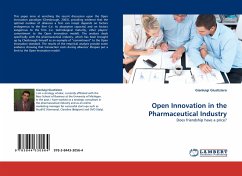
Open Innovation in the Pharmaceutical Industry
Does friendship have a price?
Versandkostenfrei!
Versandfertig in 6-10 Tagen
32,99 €
inkl. MwSt.

PAYBACK Punkte
16 °P sammeln!
This paper aims at enriching the recent discussion upon the Open Innovation paradigm (Chesbrough, 2003), providing evidence that the optimal number of alliances a firm can incept depends on factors endogenous to the firm (i.e. its absorptive capacity) and on factors exogenous to the firm (i.e. technological maturity, other players' commitment to the Open Innovation model). The analysis deals specifically with the pharmaceutical industry, which has been brought up by Chesbrough himself as an example of commitment to the Open Innovation standard. The results of the empirical analysis provide som...
This paper aims at enriching the recent discussion upon the Open Innovation paradigm (Chesbrough, 2003), providing evidence that the optimal number of alliances a firm can incept depends on factors endogenous to the firm (i.e. its absorptive capacity) and on factors exogenous to the firm (i.e. technological maturity, other players' commitment to the Open Innovation model). The analysis deals specifically with the pharmaceutical industry, which has been brought up by Chesbrough himself as an example of commitment to the Open Innovation standard. The results of the empirical analysis provide some evidence showing that transaction costs during alliances' lifespan put a limit to the Open Innovation model.



